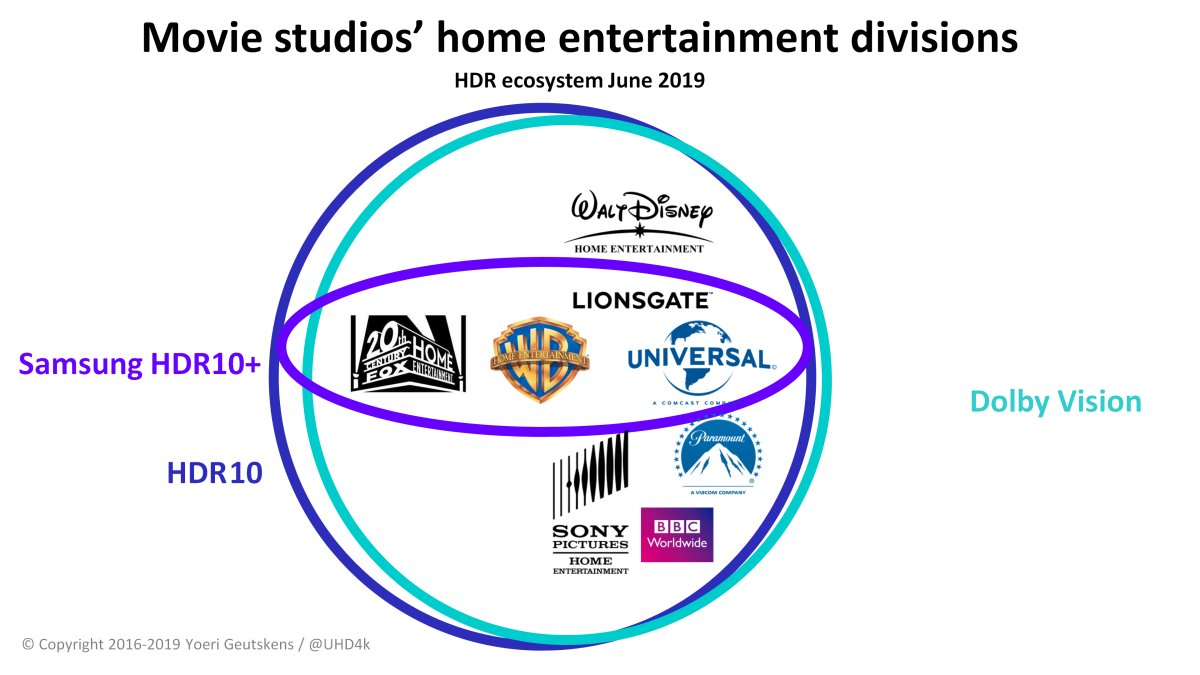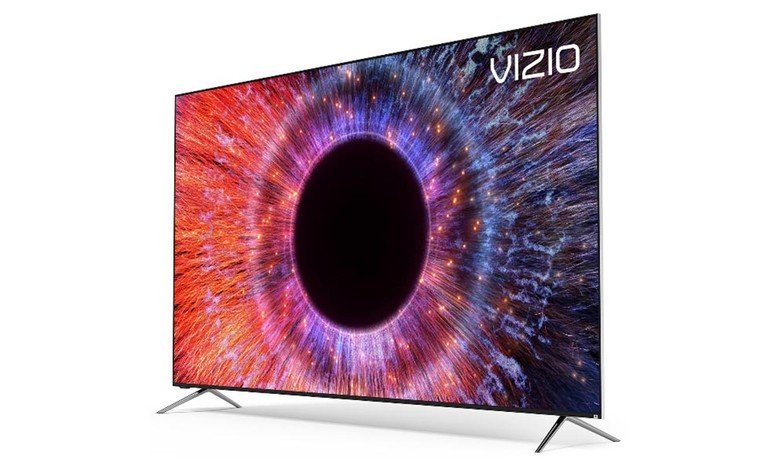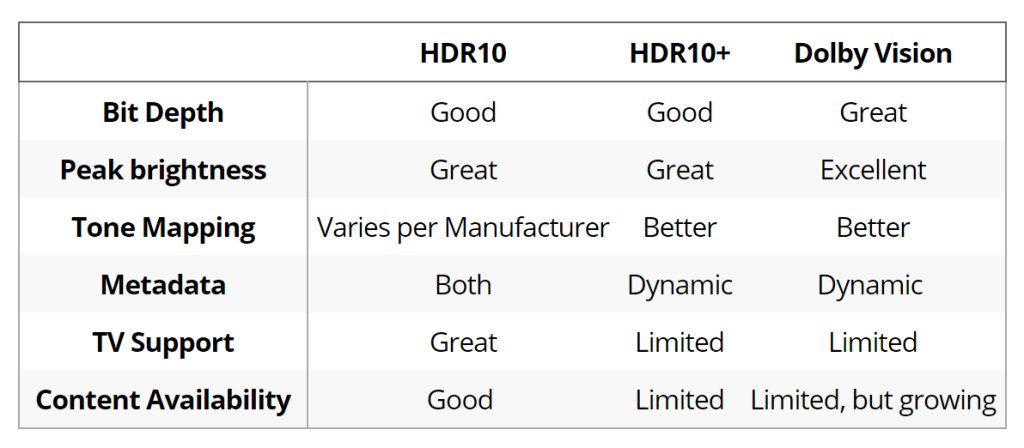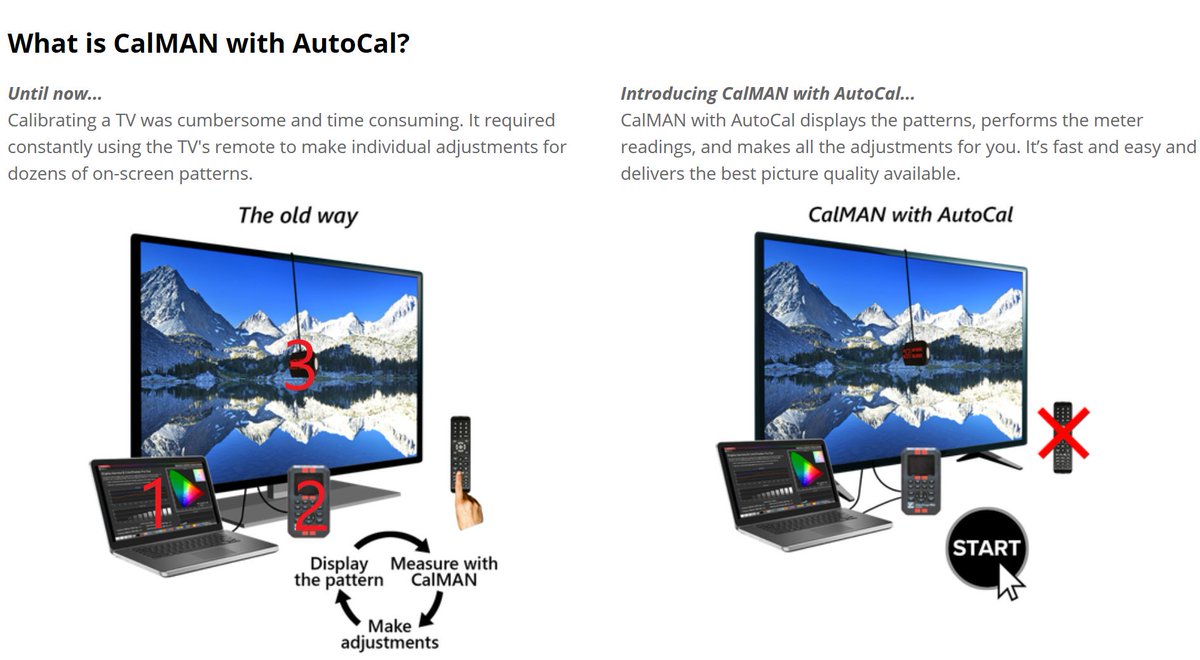Il existe des options actuelles de Dolby Vision controversées quant à la qualité du rendu visuel : DV vs LLDV, DV FEL vs DV MEL, DV CMv4 vs DV CMv2.9 :
. Dolby Vision (DV) vs Low Latency Dolby Vision (LLDV) :
DV : L’adaptation du volume de couleurs est faite dans le TV
LLDV : L’adaptation du volume de couleurs est faite dans le "lecteur"
 "Player-led means Dolby Vision processing is done in the player. This is also known as Low Latency mode.
"Player-led means Dolby Vision processing is done in the player. This is also known as Low Latency mode.
TV-led means the Dolby Vision processing is done in the display." [Stacey Spears]
Apparemment il n'y a que Sony en LLDV :
"DV LL is what Xbox One uses to send DV. It is also the only format that Sony TVs support today. It was designed for game consoles so that the display does as little as possible processing wise for the lowest latency. In this case, the source device does the tone mapping by using info in the EDID from the display.
MEL is minimal enhancement layer. Means the video info is only in the base layer (10-bit 4:2:0) and the MEL only has metadata. FEL is full enhancement layer where the FEL layer has the extra picture information bringing the final output to 12-bit. Most DV content today is MEL. There is also the option where the FEL can be 4000 nits while the base layer is only 1000 nits. In our case, the base and FEL are both the max nit value." [Stacey Spears]
. Dolby Vision Full Enhancement Layer (DV FEL) vs Dolby Vision Minimum Enhancement Layer (DV MEL) :
12-bit DV FEL = 10-bit HDR10 Base Layer + FEL (i.e. (12-bit – 10-bit) video layer + metadata)
10-bit DV MEL = 10-bit HDR10 Base Layer + MEL (i.e. metadata)
Liste de disques UHD Blu-ray DV FEL (12 bits) / DV MEL (10 bits) :
https://www.homecinema-fr.com/forum/pos ... p180015830
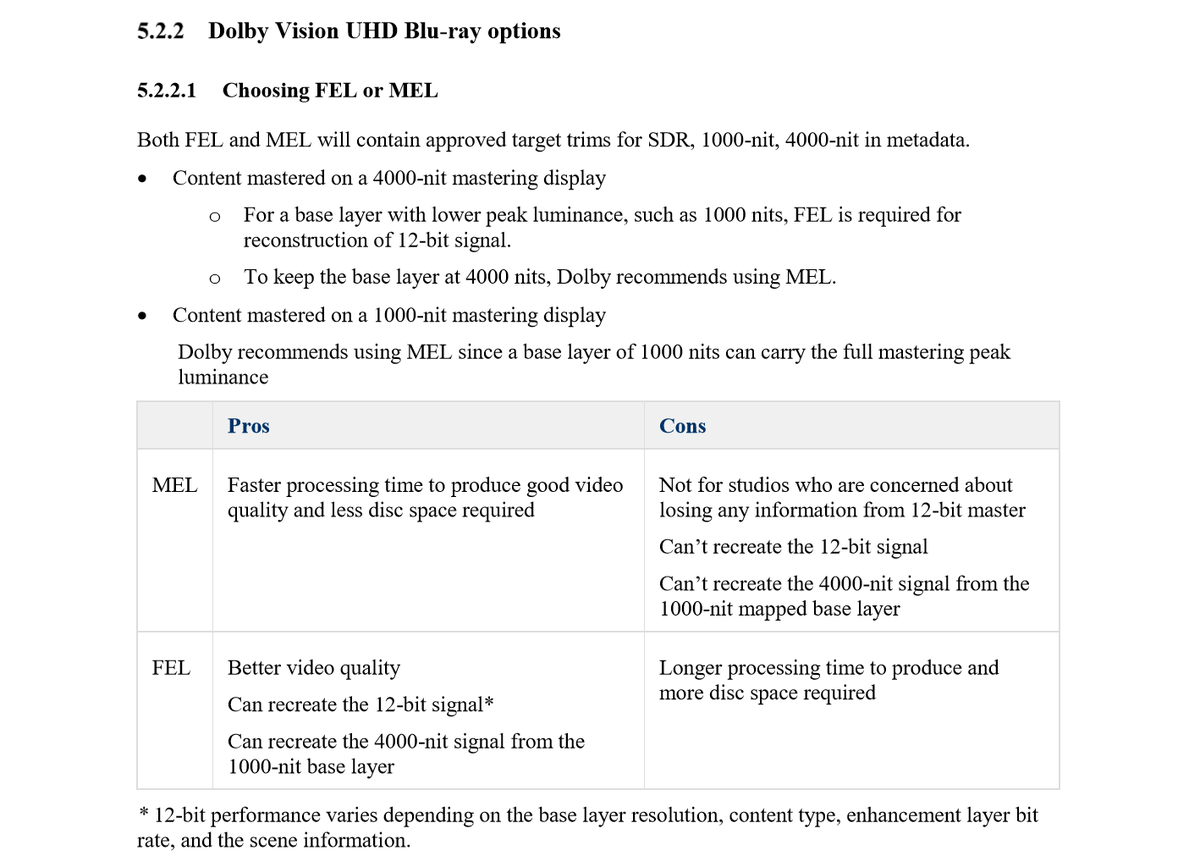
. Dolby Vision CMv4 vs Dolby Vision CMv2.9
(version initiale de Dolby Vision) :
DV CMv4 dispose de métadonnées plus précises pour l’adaptation du volume de couleurs.
"With the introduction of Dolby Vision Content Mapping version 4 (CMv4) in the fall of 2018, there are now two versions of algorithms supporting Dolby Vision. The previous CM algorithm is version 2.9 (CMv2.9). This is the version that has been used since the introduction of Dolby Vision. CMv4 is backwards compatible with CMv2.9 and contains many enhancements for mapping and artistic trims." [Dolby]
Apparemment il n'y a que les TV LG 2019 qui supportent DV CMv4 pour le moment.
"The new trim pass controls (L8) are in DM4 (Dolby Vision 4.0). Only the 2019 LGs support it today." [Stacey Spears]
Selon Stacey Spears qui a pu comparer les formats HDR avec son disque "Spears & Munsil UHD HDR Benchmark"
https://pbs.twimg.com/media/D2fYQ7DX0AUMQLH.jpg
Dolby Vision > HDR10 / HDR10+ > Low Latency Dolby Vision
"Either way, I would watch HDR10/10+ over DV LL. And I would watch DV over HDR10/10+ based on what I have seen."
On peut déduire que
Dolby Vision FEL CMv4 > Low Latency Dolby Vision FEL CMv4
Espérons que les fabricants de TV & studios de cinéma vont tous supporter Dolby Vision FEL CMv4 après un début controversé pour rallier un maximum d’industriels, par exemple ne sachant pas faire du double décodage DV FEL ou limitant leur investissement au strict minimum dans la production de films en DV MEL.
[Votre message contient trop de liens. La limite maximale de liens est de 5.]
https://www.homecinema-fr.com/forum/pos ... p180089292


